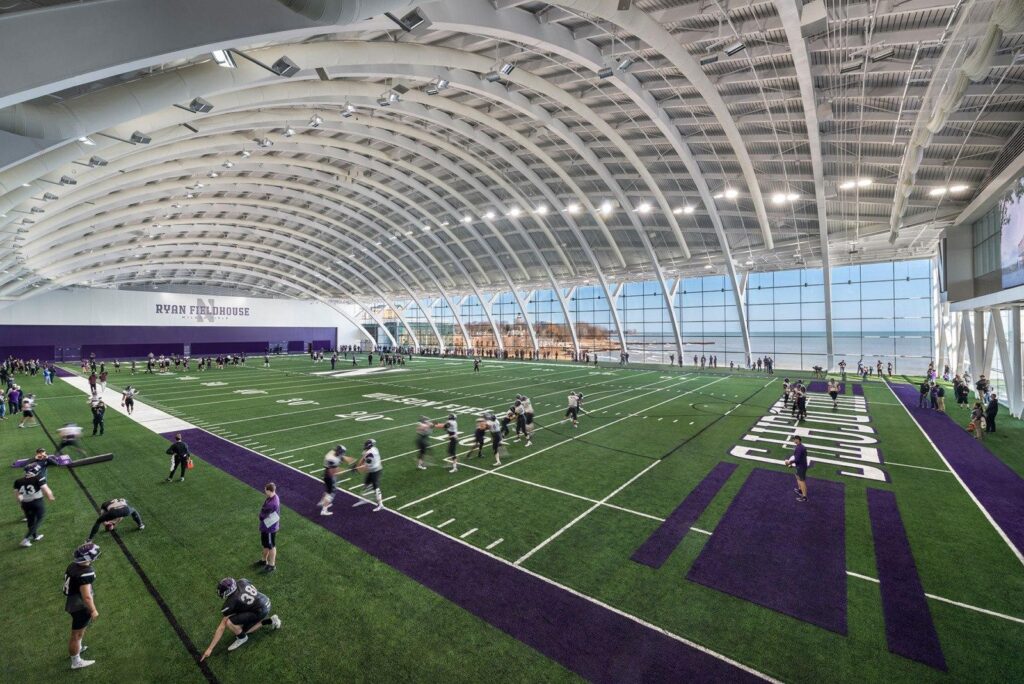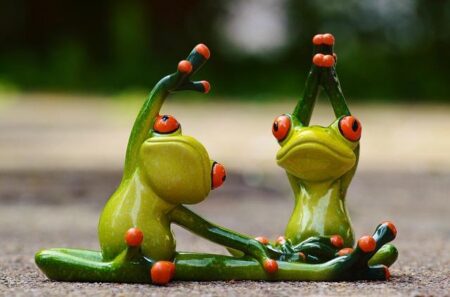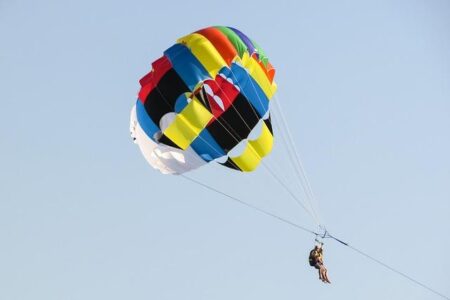Northwestern University continues to solidify its reputation not only as a leading academic institution but also as a vibrant hub for athletics and recreation. Offering a diverse range of programs and state-of-the-art facilities, Northwestern supports both competitive student-athletes and the broader campus community in cultivating wellness, teamwork, and school spirit. From Big Ten competitions to intramural leagues and recreational activities, the university’s commitment to fostering physical fitness and inclusive participation remains a cornerstone of student life. This article explores how Northwestern Athletics and Recreation shapes the university experience, promoting excellence on and off the field.
Campus Facilities Elevate Student Athletic Experience
Northwestern University boasts a diverse array of state-of-the-art athletic facilities designed to foster peak performance and well-being among students. From the expansive Welsh-Ryan Arena, home to dynamic basketball and volleyball games, to the fully equipped Norris Aquatics Center, student-athletes benefit from world-class amenities that support rigorous training and competitive edge. The university’s commitment to innovation in sports infrastructure is evident in its newly upgraded weight rooms, sports medicine clinics, and indoor practice fields, providing year-round opportunities regardless of weather conditions.
Beyond the main athletic centers, Northwestern’s campus emphasizes holistic recreation with spaces dedicated to fitness, recovery, and social engagement. Students can take advantage of:
- Group fitness studios hosting yoga, pilates, and high-intensity interval training (HIIT) sessions.
- Outdoor running and cycling paths weaving through scenic campus landscapes.
- Multipurpose courts that accommodate basketball, tennis, and badminton.
- Wellness lounges for meditation and recovery therapies.
These facilities not only enhance athletic performance but also cultivate a vibrant community centered on health, resilience, and teamwork.
| Facility | Highlight Feature | Capacity |
|---|---|---|
| Welsh-Ryan Arena | Retractable lower bowl seating | 7,039 |
| Norris Aquatics Center | Olympic-size pool with diving boards | 500+ spectators |
| Patrick G. Magoon Fieldhouse | Indoor artificial turf | 18,000 sq ft area |
Intramural Sports Foster Community and Wellness
Intramural sports serve as a vibrant hub where students of all skill levels come together, promoting inclusion and camaraderie beyond the competitive arena. By engaging in a diverse array of activities such as basketball, flag football, and ultimate frisbee, participants not only stay physically active but also build lasting friendships that enhance their collegiate experience. These programs provide a valuable outlet for stress relief, teamwork development, and leadership, making wellness accessible for everyone on campus.
Participation in intramural leagues benefits students in numerous ways, fostering a balanced lifestyle grounded in both mental and physical health. Benefits include:
- Improved physical fitness through regular exercise in a fun setting
- Enhanced social networks by connecting with peers from diverse backgrounds
- Opportunities for skill-building in communication, problem-solving, and collaboration
| Sport | Season | Typical Team Size |
|---|---|---|
| Basketball | Fall & Spring | 5 players |
| Flag Football | Fall | 7 players |
| Ultimate Frisbee | Spring | 7 players |
| Volleyball | Winter | 6 players |
Expert Coaching Drives Competitive Team Success
Northwestern University’s athletic teams thrive under the guidance of seasoned coaches whose expertise extends beyond technical skills. These leaders cultivate a culture of resilience, strategic thinking, and adaptability, empowering athletes to push beyond their limits and achieve peak performance. Training programs are tailored to address the unique strengths and developmental areas of each team, ensuring a well-rounded approach that fosters both individual growth and collective strength. Coaches emphasize mental toughness and discipline as key drivers, shaping athletes who perform consistently under pressure.
Beyond the practice field, the coaching staff integrates advanced analytics and performance metrics to refine game strategies and enhance decision-making. This commitment to innovation is reflected in the team’s impressive competitive record:
| Season | Win-Loss Record | Conference Standing | Postseason Result |
|---|---|---|---|
| 2023 | 18-5 | 2nd Place | Semi-Finals |
| 2022 | 20-3 | 1st Place | Champions |
| 2021 | 17-7 | 3rd Place | Quarter Finals |
- Customized training regimens designed for peak condition and injury prevention
- Data-driven tactics that adapt in real-time to in-game dynamics
- Holistic mentorship programs promoting leadership both on and off the field
Recommendations to Enhance Recreation Program Accessibility
Improving access to recreational activities demands a multifaceted approach that addresses both physical and systemic barriers. Facilities should prioritize universal design principles to ensure spaces are navigable and welcoming for all users, including those with disabilities. Key initiatives could include the installation of ramps alongside stairs, tactile signage for visually impaired participants, and adaptive sports equipment. Equally important is staff training focused on inclusivity and sensitivity, equipping employees to assist diverse populations effectively while fostering a welcoming atmosphere.
- Flexible program schedules to accommodate various abilities and commitments
- Accessible online registration portals optimized for screen readers and mobile devices
- Community outreach to engage underrepresented groups and gather feedback
- Clear communication about available accommodations and inclusive opportunities
| Accessibility Measure | Potential Impact | Implementation Cost |
|---|---|---|
| Adaptive Sports Equipment | Expanded participation for athletes with disabilities | Medium |
| Ramp Installations | Improved facility access | High |
| Online Accessibility Enhancements | Simplified program enrollment | Low |
Embedding these strategies within Northwestern University’s recreation programs not only broadens participation but also strengthens community ties by recognizing and celebrating diversity. Regular assessment and adaptation will be essential, ensuring that the evolving needs of all participants are met and that the athletics and recreation departments remain leaders in equitable access.
To Wrap It Up
In sum, Northwestern University continues to cultivate a dynamic environment where athletics and recreation play a pivotal role in student life. With state-of-the-art facilities, dedicated coaching staff, and a strong commitment to fostering both competitive and inclusive programs, the university not only champions athletic excellence but also promotes overall well-being. As Northwestern moves forward, its investment in these areas underscores a broader dedication to developing well-rounded individuals prepared to succeed on and off the field.





